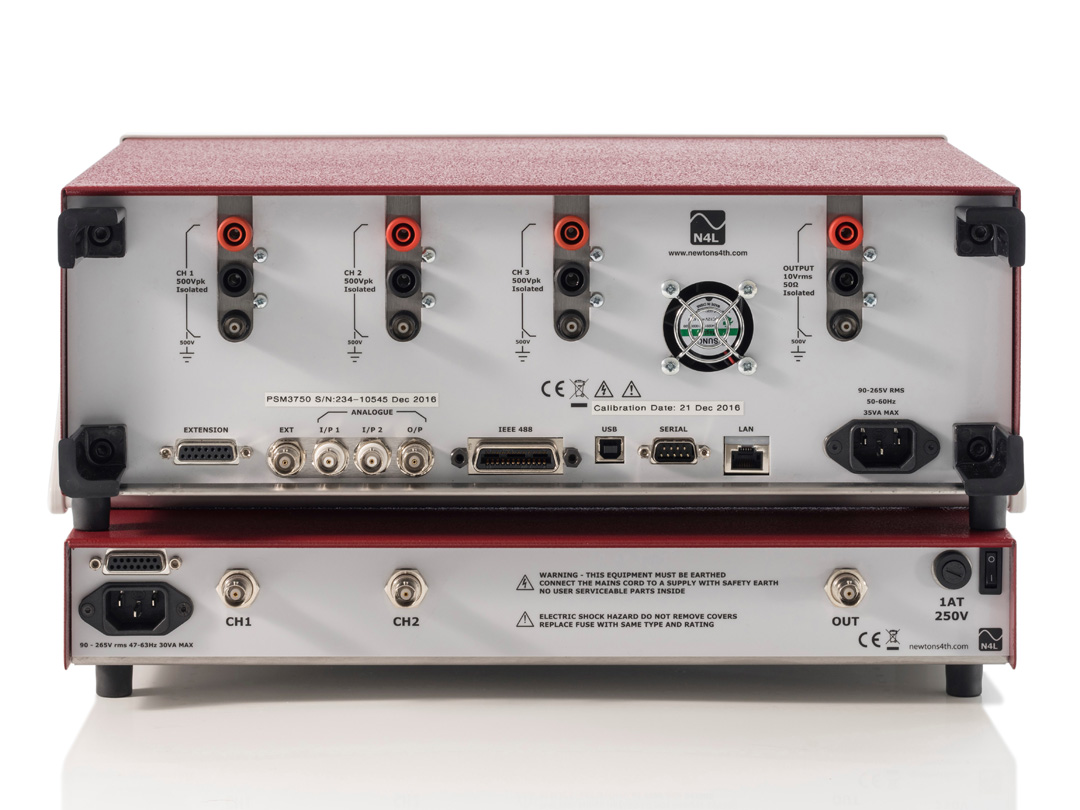What Is an Impedance Analyzer?
Basically, an Impedance Analyzer is a device that measures a complex electrical impedance. The analyzer works by measuring the impedance of a signal as a function of the test frequency. It can be used for many different purposes, and is a great piece of testing equipment.
Accuracy
Using an impedance analyzer to measure complex electrical impedance as a function of frequency is a very powerful tool for characterizing electronic components and materials. In addition, impedance measurements are often used for black-box modelling of electrical equipment. In order to achieve accurate measurements, compensation methods have been developed to overcome the effects of test leads.
The spatial arrangement of test leads has a significant effect on measurement accuracy. For example, long test leads can introduce measurement errors in the high frequency band. For field measurements of large equipment, longer test leads are needed.
The existing compensation methods rely on a transmission line model to represent test leads. The non-standard characteristics of compensation terminals can also affect measurements. In this paper, a novel compensation method is proposed. The proposed method combines an error correction algorithm with a newly developed model to achieve accurate measurements.
To develop the model, the authors studied the real impedance of the device under test (DUT) using impedance analysis. This was compared with the raw InBody 720 measurements. The results show that the model is more accurate than the raw measurements.
High resolution electrical impedance spectroscopy
Biological tissues have a wide range of electrical properties. These properties are determined by the cellular components that make up the tissue. Electrical impedance spectroscopy is used to characterize these properties. The results are used to characterize structural changes and environmental factors.
Electrical impedance spectroscopy has been applied in a wide range of fields, including food safety monitoring, drug screening, and cancer research. It has also been applied to 3D constructs. The goal of this work is to develop a compact measurement system that enables non-invasive electrochemical impedance spectroscopy. It consists of a vector impedance analyzer and an estimation of state parameters.
The measurement of the electrical impedance of a tissue is a quick and easy method compared to classical plant physiological measurements. It provides valuable information about the plasma membranes, moisture content, and intra- and extracellular parts of plant tissues. The data is also useful for comparing different growth conditions and salinity treatments.
The main factors determining the impedance of plant tissues are the cellular ionic content, viscosity, and the membrane structures. Each tissue has a different structure and cell size. As a result, a tissue impedance spectrum is formed.
Calibration curve changes from reference impedance to parallel combination impedance
Using a reference resistor in conjunction with a series of test leads is the quickest way to calibrate a soundcard. The best part is that you don’t have to be an electronics geek to do it. The trick is to select a resistor with a power rating sufficient to cope with a short circuit load.
You can also calibrate a reference resistor using a computer program. The best part is that it is free. After selecting a resistor, enter an appropriate sample rate and sample rate multiplier into the REW wizard. It will automatically save the data in a log file folder. It may take a few tries, but it will be well worth the effort. If you’re lucky, you might even get a nudge from the wizard to congratulate you on your efforts.
Calibration is not for the faint of heart. This is especially true if you’re using a new rig and haven’t had a chance to calibrate a device in a while.
Other uses
Besides testing electrical components, an impedance analyzer can be used for research and non-destructive testing of cables, radio transmissions, video and audio circuits. It can also be used to analyze materials, which are used to make components.
Impedance is a property of materials, which determines their suitability for application. It is used to characterize materials that are used to make components, such as electrical devices and biological tissues.
An impedance analyzer is an electronic test equipment that measures and displays complex electrical impedance as a function of frequency. It is used to determine resistance of liquids, inductors, and cables. It can also help with fault finding and energy research.
Compared to other measuring instruments, such as LCR meters, impedance analyzers can be used to obtain data in minutes. They can measure various parameters, including voltage to current, phase angle, and reflection coefficient. They are also used to quantify the ESR of reactive components.
Impedance is usually measured in ohms and is represented in the form of a graph. It can be displayed in a rectangular or polar form. This is because the measured impedance values include the real and imaginary part of the impedance. The real part can be used to calculate additional factors, such as resistance of a dielectric material.
